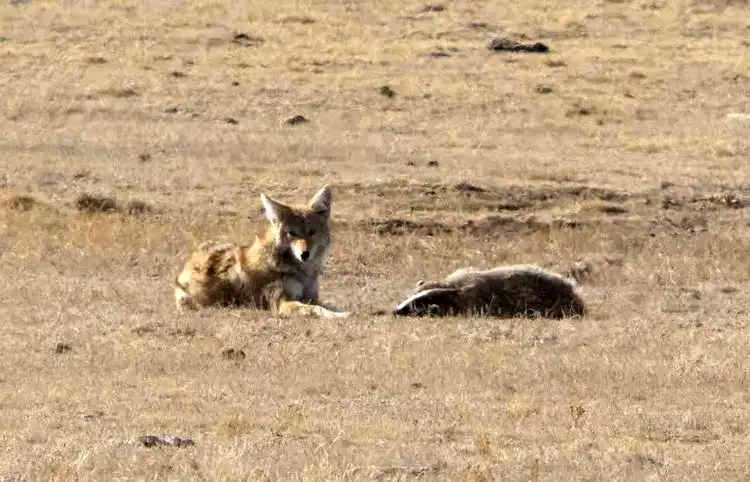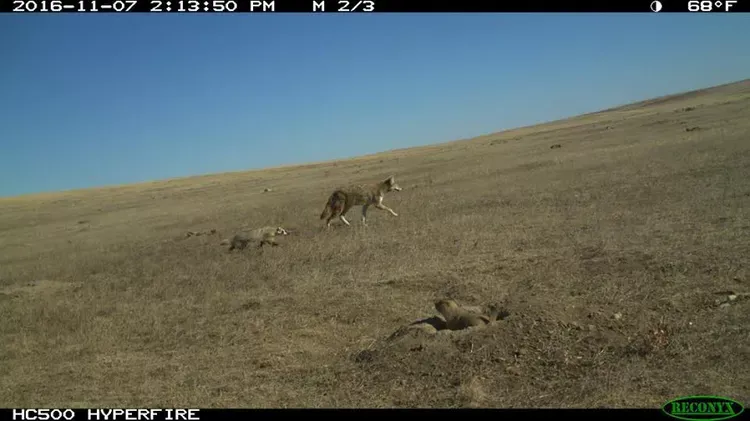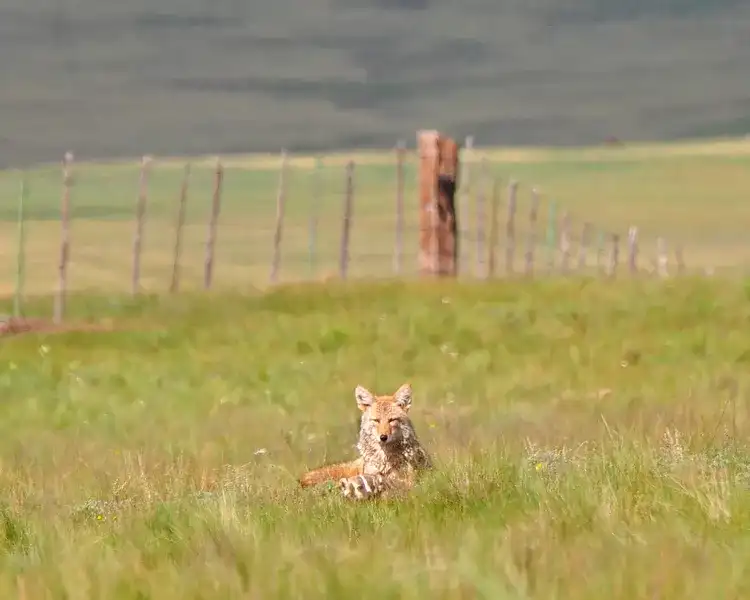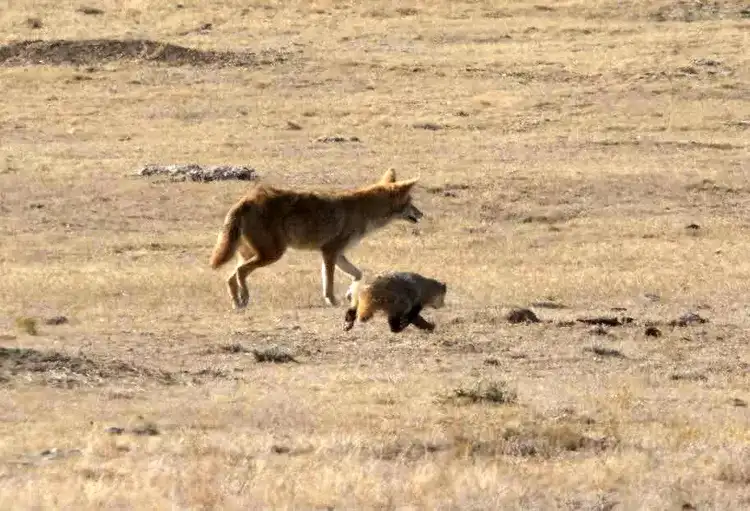Nature’s Unlikely Allies: Coyote and Badger Hunting Duos
When you picture predators in the wild, “teamwork” isn’t the first word that comes to mind especially between rival carnivores like coyotes and badgers. Yet, across the prairies of North America, these two hunters have been caught on camera and in ancient Native American accounts working side by side to hunt prey more effectively than they ever could alone.
On a prairie in northern Colorado, a camera trap recently captured striking images: a badger and a coyote traveling together, alternating between open grassland and underground burrows. These collaborations, though rare to witness, are well documented by scientists and Indigenous knowledge alike. Most often, the team is one coyote and one badger, but trios occasionally join forces, too.

How Two Predators Benefit from an Uneasy Alliance
Coyotes and badgers hunt similar prey especially ground squirrels and prairie dogs. On paper, that should make them competitors. But research shows that each species brings unique skills to the table, making their partnership surprisingly effective.
- Coyotes are fast, agile runners, excellent at chasing prey above ground.
- Badgers are powerful diggers, perfectly adapted to flush animals from their tunnels.
When hunting solo, a coyote might watch a burrow entrance for hours, waiting for a squirrel to bolt, while a lone badger will dig tirelessly for a hidden meal. Their prey knows these patterns and plays the odds: run above ground to escape a badger, or dive for the tunnels to escape a coyote.
Together, the odds shift dramatically. Coyotes chase prey that flees the burrow; badgers dig for those that try to hide. Whichever predator claims the prize, their combined efforts mean more meals for both in the long run.

Science Confirms the Benefits of Cross-Species Collaboration
Decades of field studies back up what Indigenous peoples observed generations ago. A study from Wyoming’s National Elk Refuge showed coyotes hunting with badgers had higher prey capture rates, expanded their hunting territories, and spent less energy compared to working alone. For badgers, the presence of a coyote meant they could focus more on digging and less on chasing, conserving energy while increasing their success.
“Coyotes with badgers consumed prey at higher rates and had an expanded habitat base and lower locomotion costs. Badgers with coyotes spent more time below ground and active, and probably had decreased locomotion and excavation costs. Overall, prey vulnerability appeared to increase when both carnivores hunted in partnership.”

It’s Not Always a Peaceful Pact
Despite the advantages, this alliance is strictly business. Coyotes and badgers don’t share their kills, and their relationship is described by biologists as “open.” In some situations, they may ignore or even prey on each other, particularly in winter. When cold weather sets in, badgers can dig up hibernating rodents on their own, making the speedy coyote less useful as a partner.
As the seasons shift and food sources change, so does their partnership. With the return of spring and more active prey, these old rivals often reunite—resuming their remarkable truce on the prairie.

The Lessons of Coyote and Badger Teamwork
This odd couple reminds us that competition and cooperation often go hand in hand in nature. By combining their talents, coyotes and badgers show that even rivals can become partners at least, when the hunt demands it.





